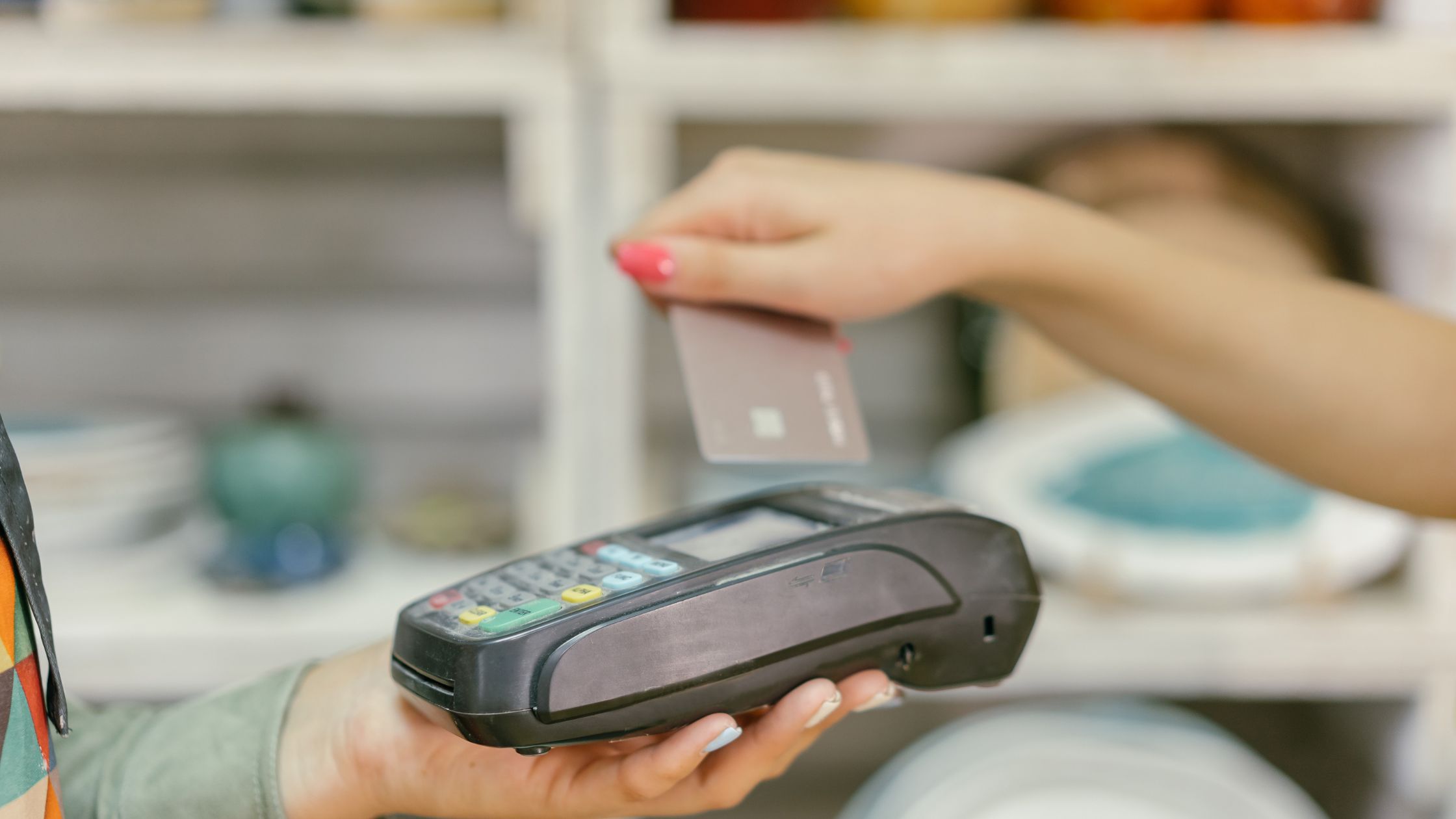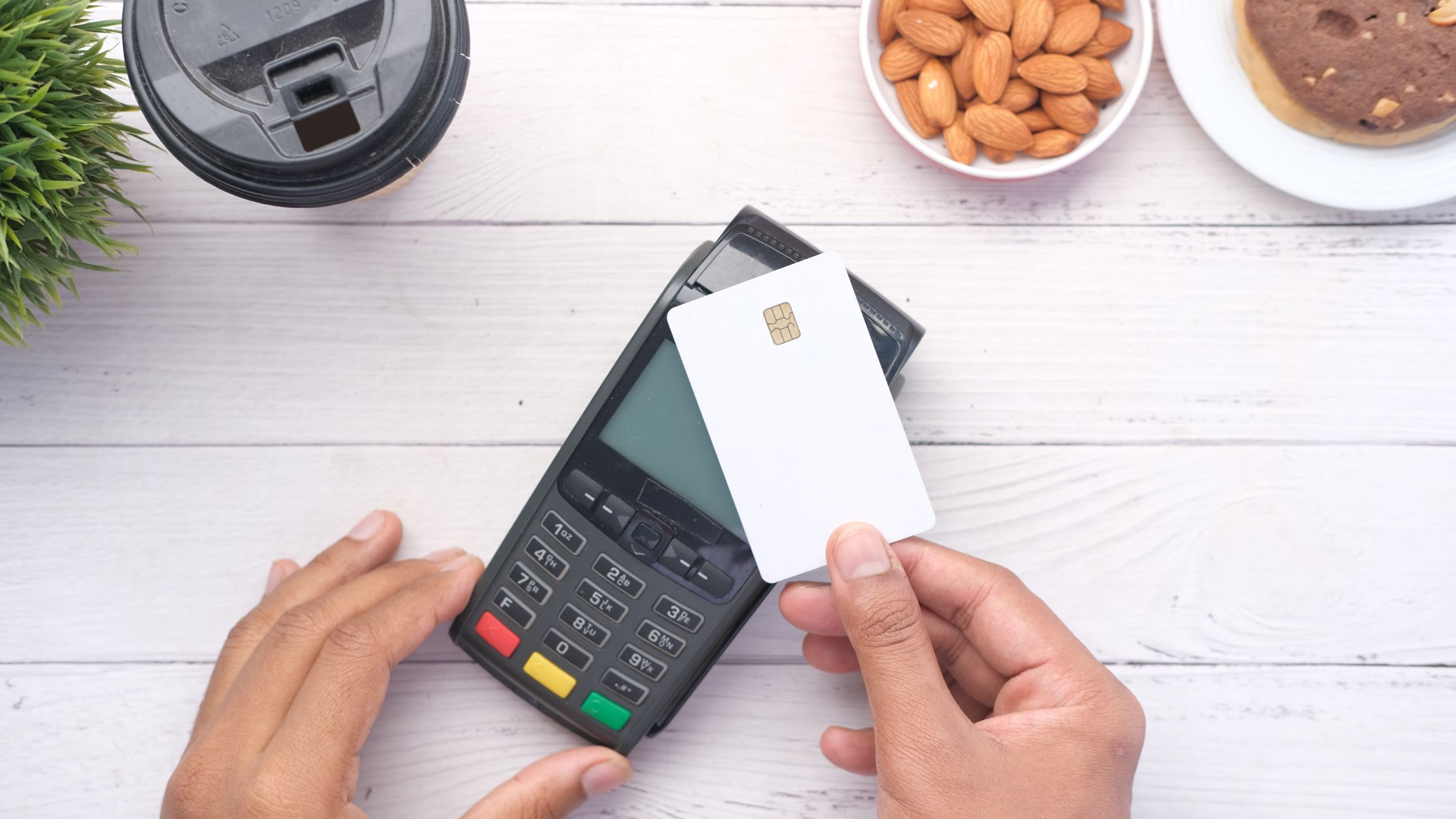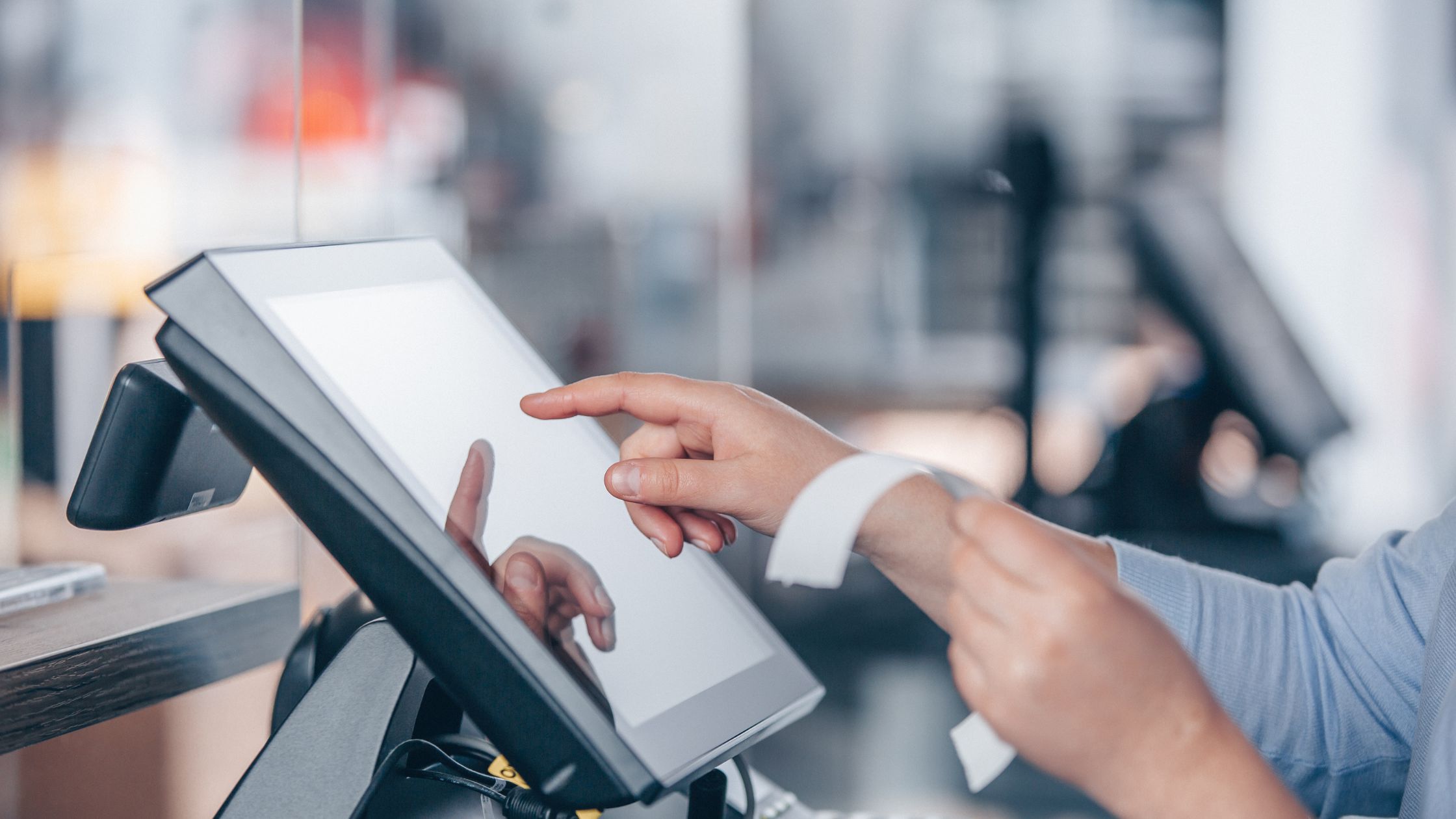Hospitality and retail businesses depend on technology that works smoothly as one system. POS hardware compatibility means every device in your point-of-sale setup—like printers, cash drawers, scanners, and card readers—connects and works perfectly with your POS software. When your hardware is fully compatible, sales run faster, customers spend less time waiting, and mistakes are reduced. In this guide, you’ll learn what compatibility really means, discover best practices, and get solutions to common issues.
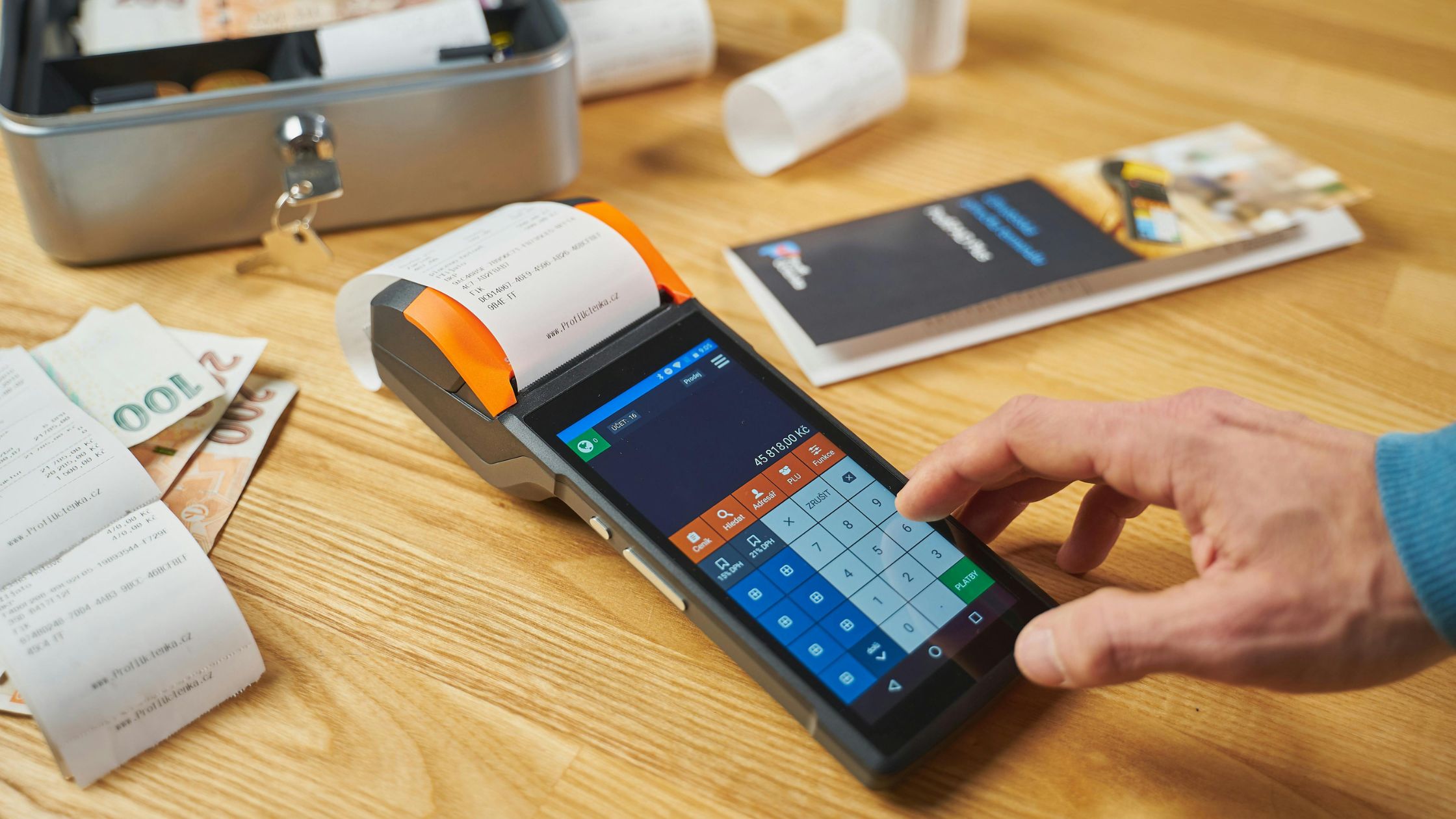
Table of Contents
1. Understanding POS hardware compatibility
2. Key hardware components to consider
3. Best practices for achieving compatibility
4. Step-by-step process to validate hardware
5. Common pitfalls and their solutions
6. Final recommendations
7. Conclusion
1. Understanding POS hardware compatibility
POS hardware compatibility means that all your physical devices—such as receipt printers, cash drawers, barcode scanners, touchscreens, and card readers—work perfectly with your POS system. When hardware is compatible, it connects easily, responds quickly, and supports all the features you need without complicated fixes. Without this harmony, you could face slow transactions, printing problems, or data entry mistakes. Good compatibility also makes it easy to scale.
2. Key hardware components to consider
- Receipt Printers
Receipt printers are essential for providing customers with clear transaction records. For the best POS hardware compatibility, pick models that use popular connection types like Ethernet, USB, or serial ports. Look for printers that follow standard command sets so your POS can format and send receipts without needing special drivers.
- Cash Drawers
Cash drawers usually connect directly to receipt printers or POS terminals. They should open instantly when triggered by the POS system. Choose drawers with standard RJ-11 or RJ-12 connectors, so they fit easily without custom wiring.
- Barcode Scanners
The easiest scanners to integrate are those that work like a keyboard. This means scanned information appears directly in the POS input field, reducing the need for extra drivers and making setup faster.
- Card Readers
Whether you accept magnetic stripe, chip, or contactless payments, card readers need to work smoothly with your POS. USB models that follow standard HID protocols tend to deliver the most reliable performance and compatibility.
- Touchscreens and Terminals
Touchscreen devices make transactions faster and more accurate. For the best results, choose responsive multi-touch screens that run on operating systems your POS software supports.
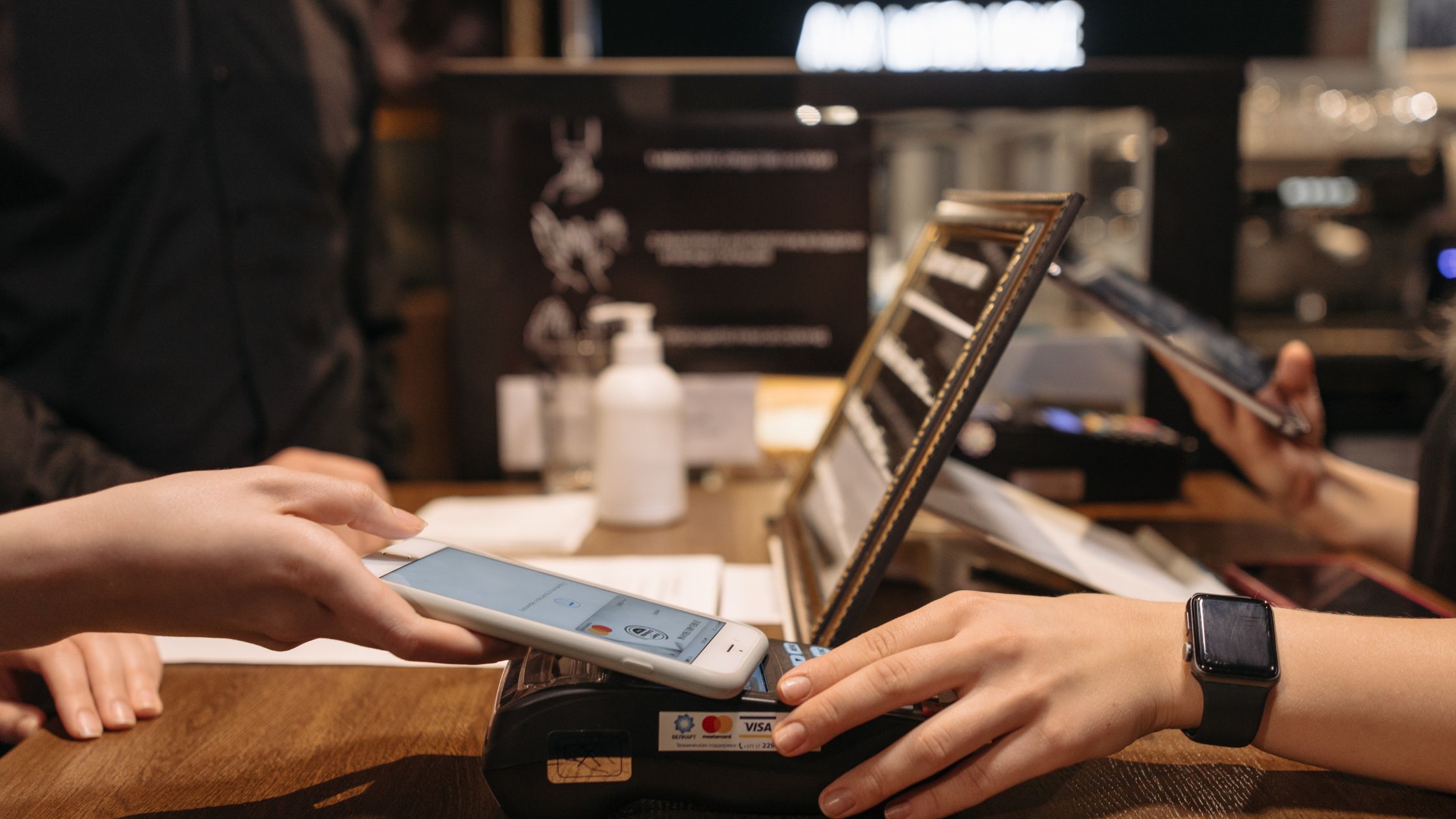
3. Best practices for achieving compatibility
3.1 Choose trusted hardware –
Select devices that have a proven record of working seamlessly with your POS system. Relying on well-tested models reduces the risk of setup issues and ensures long-term POS hardware compatibility.
3.2 Match connection types:
If your POS supports Ethernet printing, choose printers with built-in network capability instead of relying on USB-to-Ethernet converters
3.3 Test one device at a time:
Before building the entire setup, connect and test each device individually. This approach makes it easier to identify problems and confirm that each component integrates properly with the POS software.
3.4 Keep a detailed setup record:
Document important configuration details such as IP addresses, driver versions, port numbers, and firmware updates.
3.5 Stay updated:
Regularly install the latest version of your POS software, as updates often bring enhanced hardware support, improved stability, and bug fixes that prevent compatibility issues.
3.6 Plan for backups:
Keep spare hardware ready, especially for critical devices like printers, cash drawers, and card readers. Having backups ensures business continuity if a device fails during peak hours.
Following these steps helps prevent setup issues and ensures smooth POS hardware compatibility in the long run.
4. Step-by-step process to validate hardware
A. Check the device – Unbox the hardware and look for any physical damage or missing parts.
B. Test the connection – Plug it in and make sure your operating system recognizes the device.
C. Set it up in the POS – Add the hardware in your POS settings to confirm it’s detected correctly.
D. Run a live test – Try real tasks like printing receipts, opening the cash drawer, scanning barcodes, or processing sample payments.
E. Verify across terminals – If you have multiple POS stations, test the device from each one to ensure consistent results.
F. Simulate offline mode – Disconnect from the internet to confirm that essential features still work when offline.
Completing these steps helps guarantee solid POS hardware compatibility before your system goes live.
5. Common pitfalls and how to fix them
- Using unsupported models – Even well-known brands may offer devices that don’t work well with your POS. Always check official compatibility lists or user forums before buying.
- Relying on complex drivers – Hardware that needs heavy, proprietary drivers can cause issues when software updates roll out. Choose devices with simple, universal drivers for smoother POS hardware compatibility.
- Incorrect network settings – A wrong IP address in a network printer can stop it from printing. Reserve IP addresses to keep connections stable.
- Mixing connection types – Combining USB, Bluetooth, and network devices without a plan can lead to instability. Stick to one or two standard protocols for better reliability.
- Skipping firmware updates – Old firmware can block full functionality. Check version requirements and update your hardware regularly to maintain compatibility.
6. Final recommendations
When choosing hardware, focus on stability, easy integration, and clear information from the vendor about supported protocols. Keep a detailed record of all device settings, and review your configuration regularly to make sure nothing has changed that could affect performance. Most importantly, treat POS hardware compatibility as an ongoing process, not a one-time setup. This approach keeps your business flexible and ready to adapt as technology and customer needs evolve.
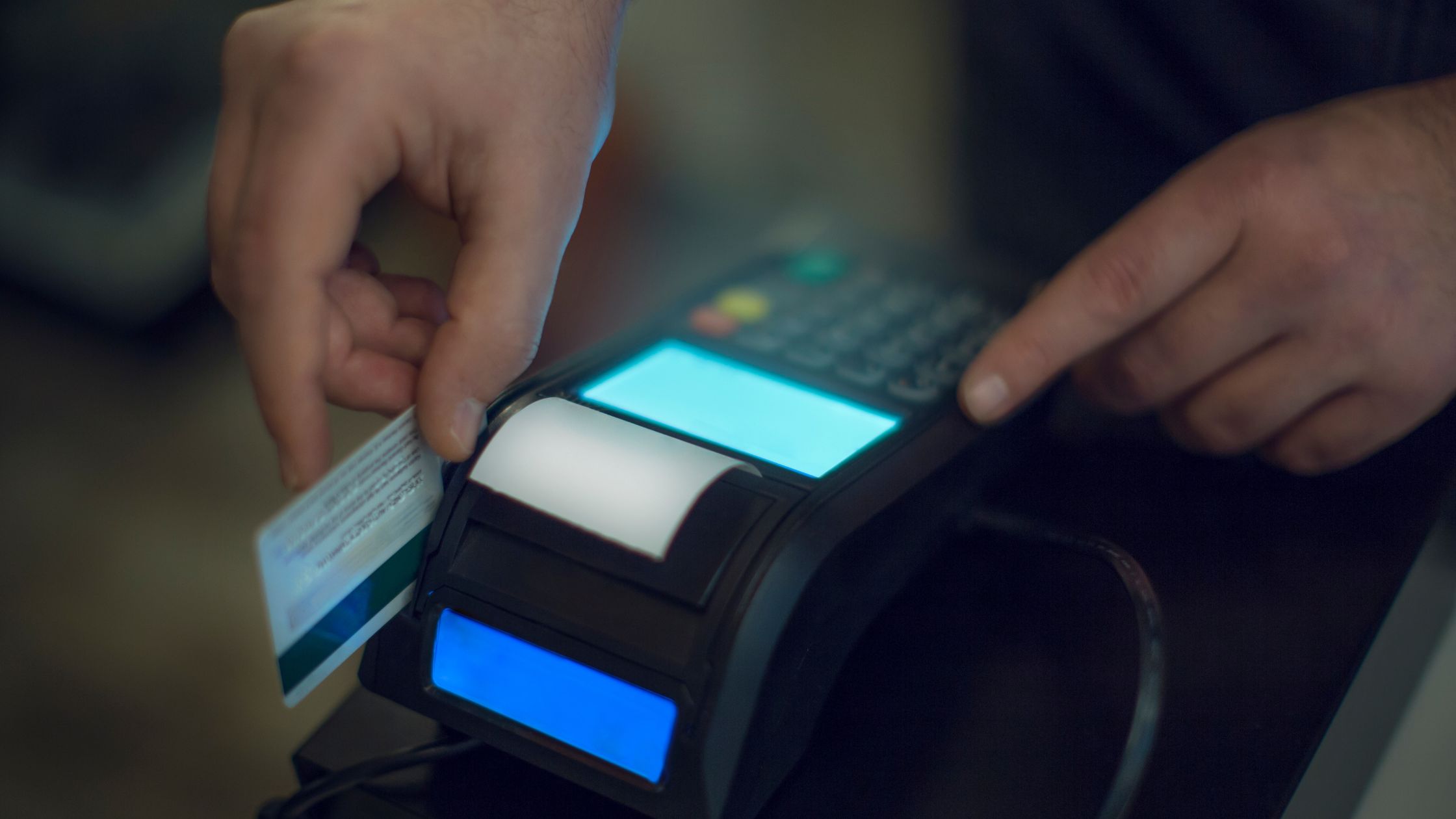
7. Conclusion
Strong POS hardware compatibility ensures every device in your point-of-sale setup works together as a single, reliable system. By selecting proven hardware, using a clear validation process, and steering clear of common mistakes, you can build a setup that delivers quick, accurate transactions and a smooth customer experience.
For an open-source POS platform built with hardware flexibility at its core, explore Floreant POS. Learn more at Floreant POS

